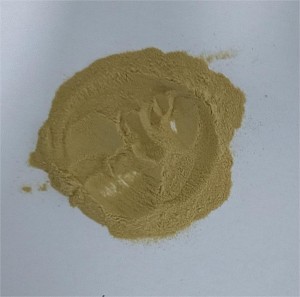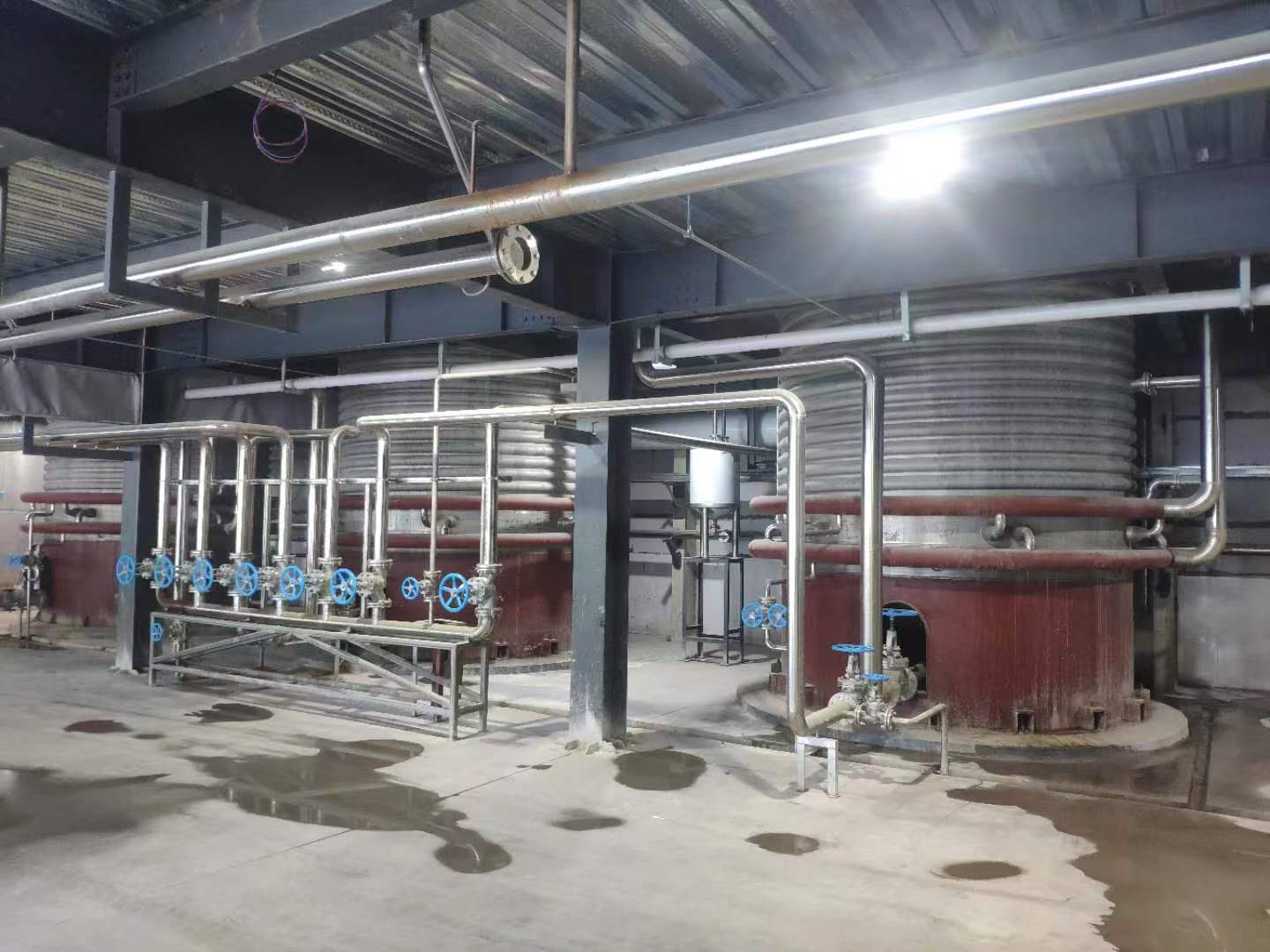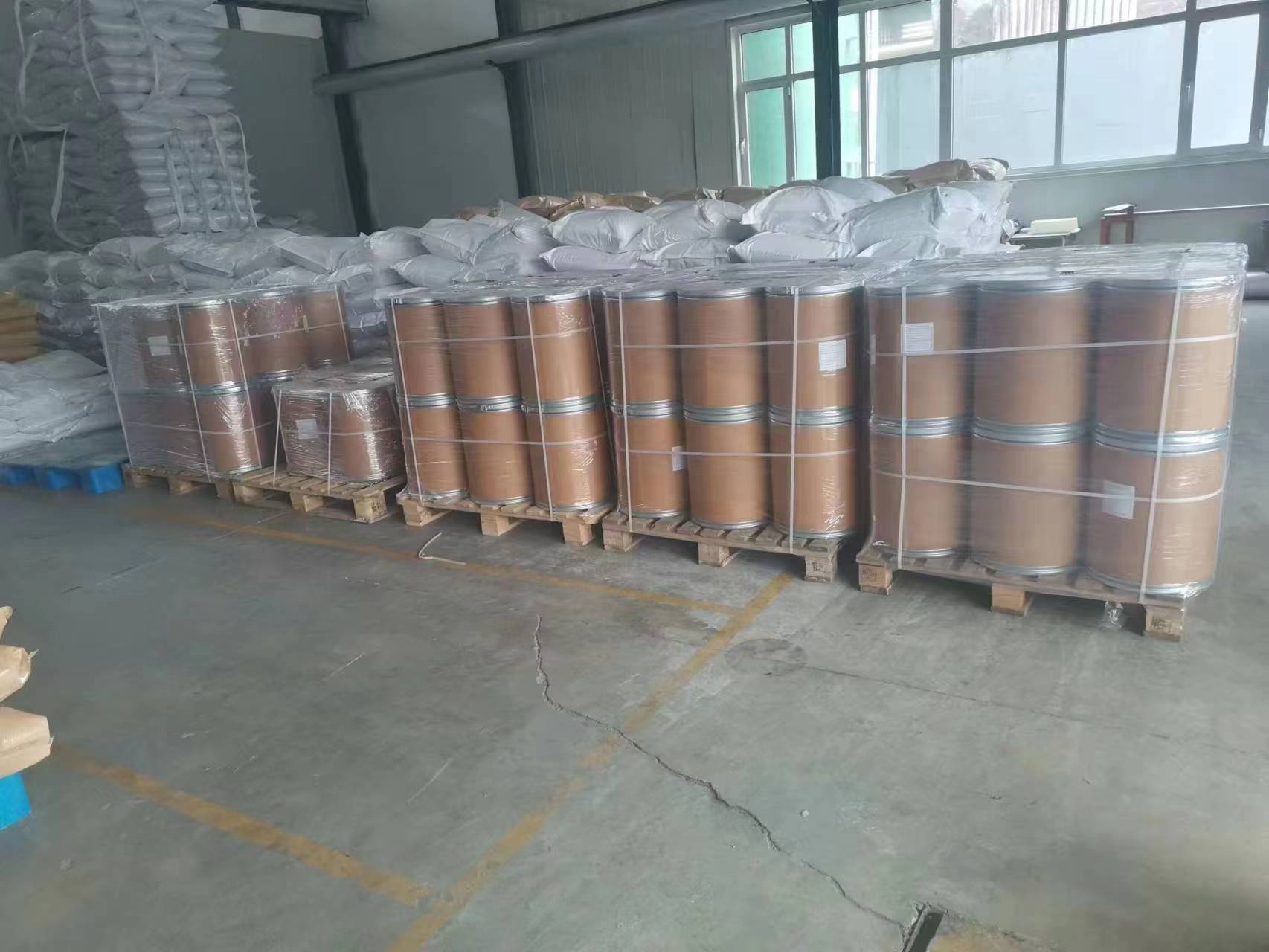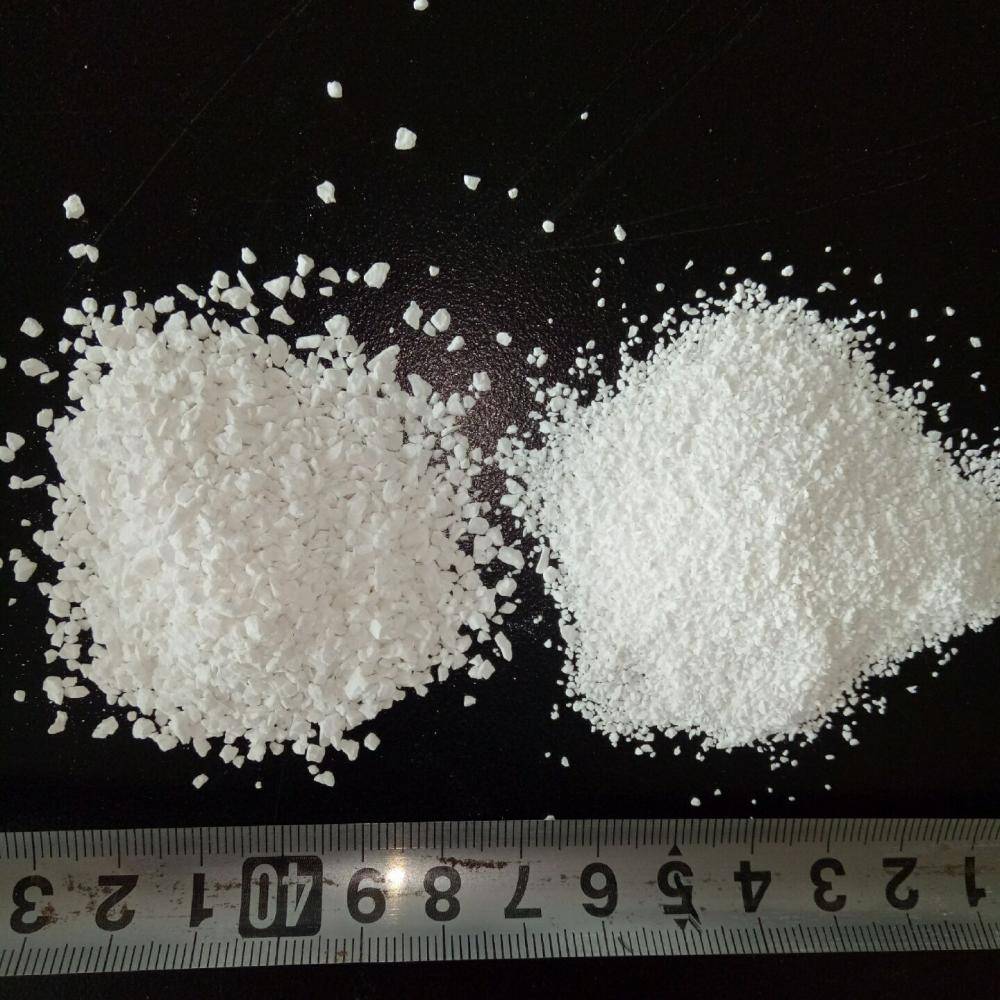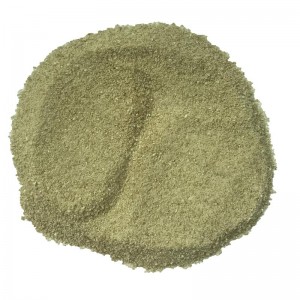Bacillus pumilus belongs to the bacterial kingdom, Sclerotium, Bacillus, Bacillus, Bacillaceae, Bacillus. The mycelium is rod-shaped, with a circular end, arranged in single or short chains, and the size of the mycelium is 1.2-1.5um × 2.0-4.0um, able to move, Gram positive, oval shaped spores, intermediate or secondary, size 1.0-1.2um × 1.5-2.0um. It can hydrolyze starch, degrade mannan, Xylan, cellulose, etc. Bacillus pumilus has two different forms of colonies: semi transparent and opaque. The two types of colonies were passaged separately, and semi transparent colonies can produce semi transparent and opaque colonies, each accounting for half of the total. However, opaque colonies only produce a small amount of semi transparent colonies during the passage process, and the semi transparent colonies disappear by the fourth generation
Bacillus pumilus is a species of Bacillus. The Trophosome is rod shaped and arranged in a single or chain shape. It is positive for Gram stain and can move. The colony forms are opaque and translucent. Like other Bacillus, the produced spores are more resistant to harsh environments than Trophosome, and Bacillus pumilus is more common than Bacillus subtilis in soil. Bacillus pumilus can secrete cellulase, lipase, Xylanase and Pectinase with strong activity, which is conducive to the degradation of macromolecular substances. It can also produce antagonistic substances such as antibiotics and antibacterial proteins, with a wide antibacterial range and inhibitory effects on various pathogenic bacteria.
Bacillus pumilus is a facultative low temperature, facultative oligotrophic bacteria, and its demand for oxygen is not high. When the ambient temperature, nutrition and ventilation are normal, it has the same ability to degrade organic matter, reduce ammonia nitrogen and nitrite as other bacillus. When the environmental temperature is 15 ℃ -20 ℃ and the nutrient level is below 30ppm, it can also reproduce and metabolize normally, possessing the ability of low-temperature reproduction and poor nutrient metabolism that ordinary Bacillus subtilis do not possess. So in aquatic environments, Bacillus subtilis has a wider temperature and nutrient range, making it an excellent aquatic application microorganism.
Bacillus subtilis has a strong inhibitory effect on pathogenic bacteria such as Vibrio in aquaculture and can be used as probiotics in the shrimp industry. Bacillus subtilis can regulate the balance of fish gut microbiota, enhance immune function, improve growth performance and feed utilization, and have good prospects in the application of feed additives.
Bacillus subtilis not only has a wide antibacterial range and fast reproduction speed, but also is an epiphytic fungus in crop roots and leaves, which is easy to colonize on plant surfaces. Therefore, it is often used in agriculture to control plant pathogens. Bacillus subtilis, as an epiphytic fungus on rice leaves, has a certain inhibitory effect on rice blast. When treating chickpea root rot disease, the use of Bacillus subtilis has achieved good results. Bacillus subtilis also has significant inhibitory effects on cucumber wilt and cotton verticillium wilt. Bacillus subtilis also has the ability to degrade organic phosphorus and improve the ability of plants to absorb soil phosphorus.
Bacillus pumilus has a strong ability to produce enzymes, especially Xylanase. Widely used in feed, plant fiber degumming, and pulp pretreatment. It can also be applied to the environmentally friendly treatment of abandoned crop straw


